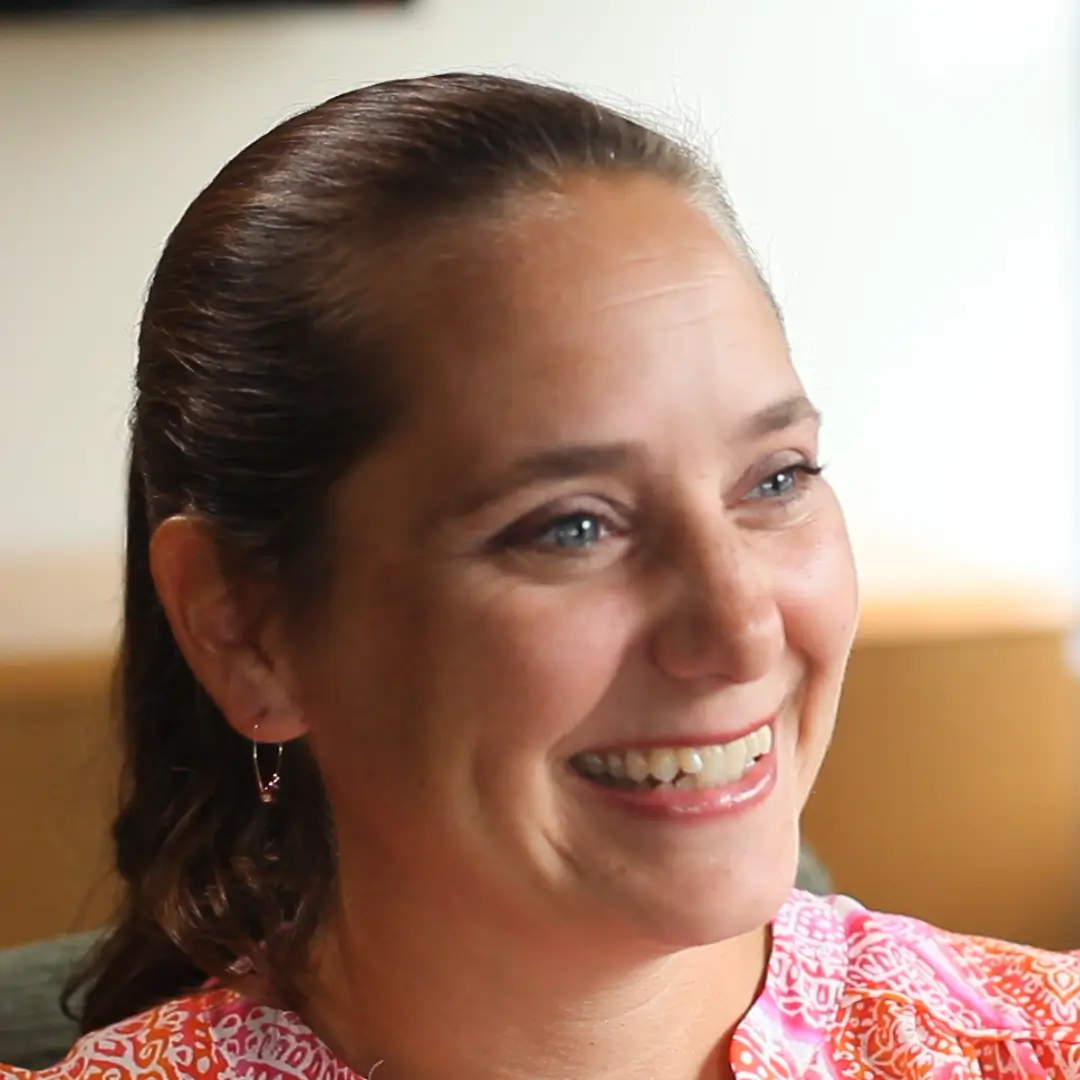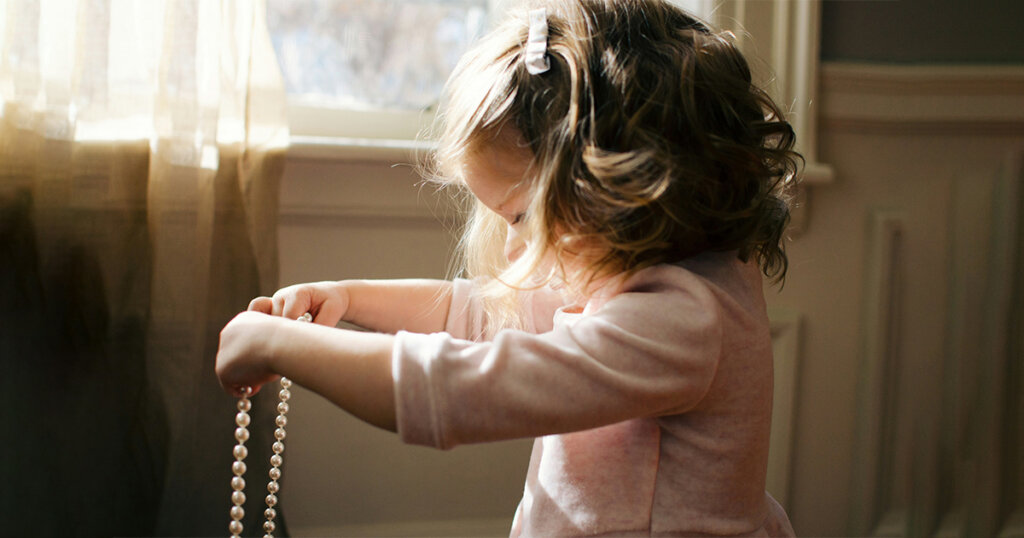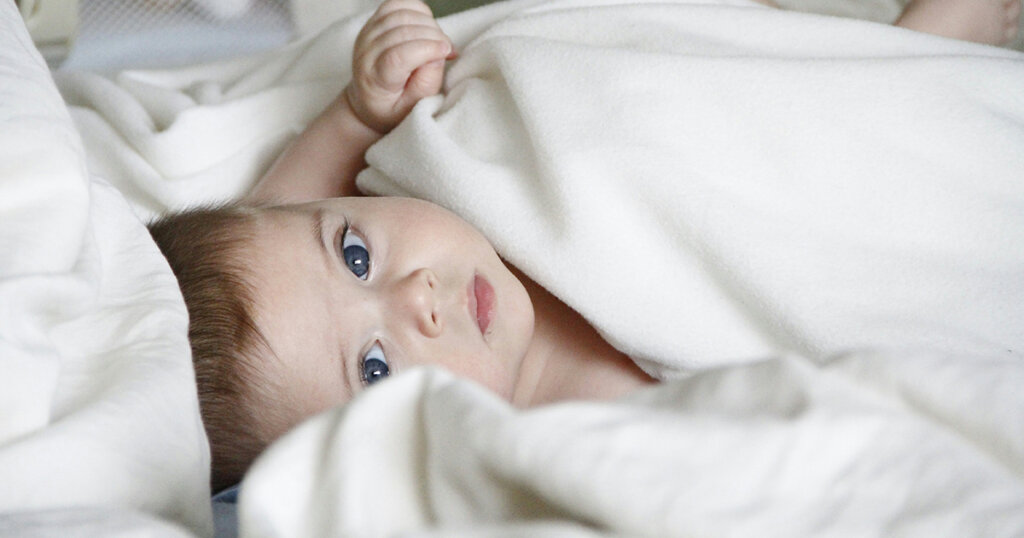Helping Children with Cerebral Palsy
Helping Children with Cerebral Palsy and provides free educational materials, financial resources, and support options for families affected by this condition and other birth injuries

About Cerebral Palsy Services
Download your free guide now
Our in-depth downloadable guide provides 12 pages packed with information on life with cerebral palsy.
Birth injury statistics
Birth injuries can happen for a number of reasons, and in some cases, the causes of birth injuries remain unknown.
Free birth injury case review
We build your claim to get money while you focus on caring for your family.Free! Absolutely no up-front costs
Birth injury lawyer
Birth Injury lawyers can guide you through the legal process to pursue financial compensation for treatment and expenses.
Birth injury brain damage
Several factors can result in birth injury brain damage. Here are some of the most common causes.
Support organizations
These resources can provide encouragement and a sense of community among families navigating life with cerebral palsy.
Live Chat with our Registered Nurses (RN)
Kristin Proctor
RN

Kristin Proctor has been a Registered Nurse (RN) for over 20 years and has maintained a National Certification in Inpatient Obstetric Nursing since 2008.
She started her nursing career as an Army Nurse and served 8 years in the U.S. Army Nurse Corps. During this time, Kristin had the opportunity to work in different fields of nursing, including medical and surgical, operating room (OR), same-day surgery, and maternal-child health.
Kristin also attended the Army’s prestigious 16-week Obstetrical and Gynecological Nursing Course, specializing in prenatal, antepartum, labor and delivery, and postpartum family care.
To this day, Kristin continues working in the field, and she loves labor and delivery.
Andi Lowe
RN

Andi’s clinical and educational experience and expertise include labor /delivery, antepartum, mother/baby, neonatal intensive care, and pediatrics. She holds multiple certifications through the National Certification Corporation (NCC) and the American Nurses Credentialing Center (ANCC).
She is uniquely equipped to help families of children diagnosed with cerebral palsy and birth injuries. Andi is a designated fetal monitoring instructor through the Association of Women’s Health, Obstetric and Neonatal Nurses<br> (AWHONN ). She holds Neonatal Resuscitation Program® (NRP®) instructor certification through the American Academy of Pediatrics (AAP).
She resides in Portland, Oregon, with her three children and fur babies.
Frequently Asked Questions
Cerebral palsy (CP) is a group of disorders that affect a person’s ability to move and maintain balance and posture. It is the most common motor disability in childhood. CP is caused by abnormal brain development or damage to the developing brain, affecting a person’s ability to control their muscles. The condition varies significantly from one person to another. At the same time, some individuals might have difficulty walking, while others may experience challenges with voluntary muscle control, which may affect their arms, legs, or facial muscles. The brain damage leading to cerebral palsy is often sustained during pregnancy, labor, delivery, or shortly after birth, and it is typically non-progressive, meaning it does not worsen over time. However, the symptoms can change as the child grows. Although there is no cure for cerebral palsy, early intervention and appropriate therapies can significantly enhance the quality of life for those affected. .
Cerebral palsy is typically diagnosed through physical examinations, a review of medical history, and neurological tests. Doctors may also use imaging techniques like MRI or CT scans to observe brain abnormalities or damage.
Early signs of cerebral palsy often appear before a child ages three. These can include delayed developmental milestones such as not rolling over, sitting, or walking at the expected age, abnormal muscle tone, and persistent infant reflexes.
While not all causes of cerebral palsy can be prevented, some steps can reduce the risk. These include good prenatal care, vaccinations to prevent infections, and avoiding exposure to toxins. Also, immediate and appropriate care during labor and delivery can help mitigate risks.
Various therapies can help manage cerebral palsy symptoms, including physical therapy to improve movement and muscle strength, occupational therapy to enhance daily living skills, speech therapy to address communication difficulties, and recreational therapy to support social and emotional well-being.
Yes, many resources are available to support families. These include local and national cerebral palsy associations, support groups, financial assistance programs, and educational resources to help families navigate the challenges associated with the disorder. for more details click here




